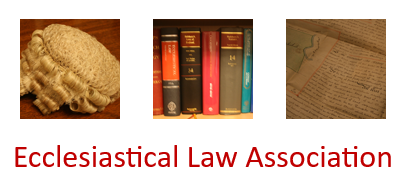The petitioner’s husband had died and was buried in the old part of the churchyard in 2020. In 2021, the petitioner applied for a faculty to reserve the adjoining grave space for her two sons, intending that the two graves would form a double family grave. She subsequently withdrew the petition. However, she arranged, without seeking permission, for kerbs to be set around her husband’s grave and the adjoining one, and for stones, pebbles and a planter to be laid within the kerbs, in anticipation of applying in due course for the reservation of the grave adjoining that of her husband’s. In 2022, the Parochial Church Council (PCC) passed a resolution not to support any more grave reservations. The Petitioner later applied for two faculties: (1) to retrospectively authorise the kerbs and stones; and (2) to reserve the grave adjoining her husband’s grave for herself. Notwithstanding the PCC resolution, and for the reasons stated in the judgment, the Chancellor granted a faculty for the reservation of the grave exclusively for the petitioner, conditional upon the petitioner first removing the kerbs and stones and re-grassing the area at her own expense.

